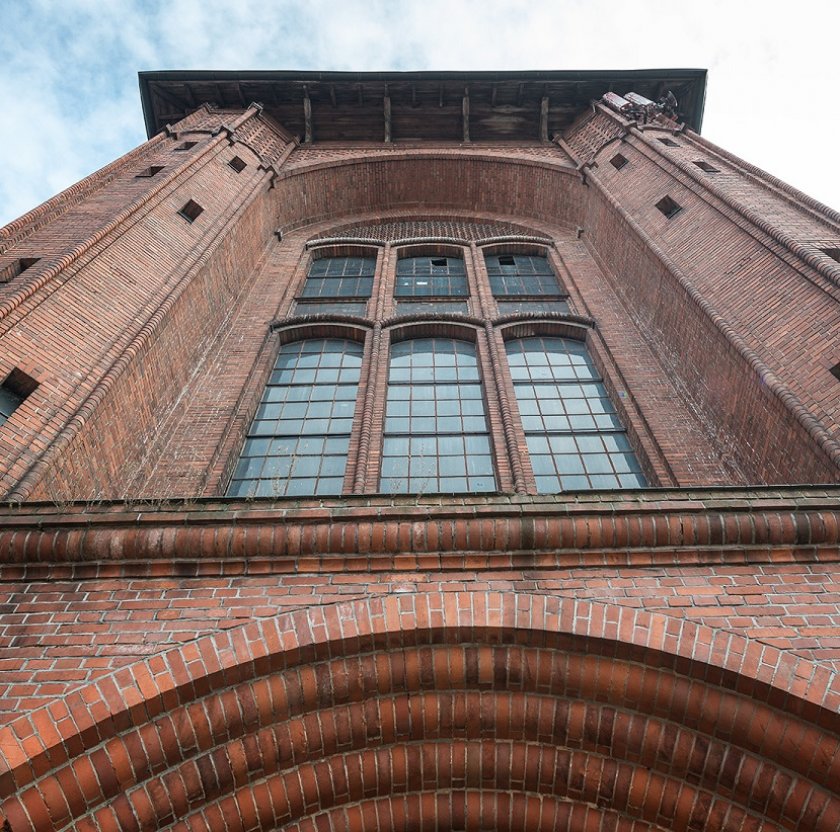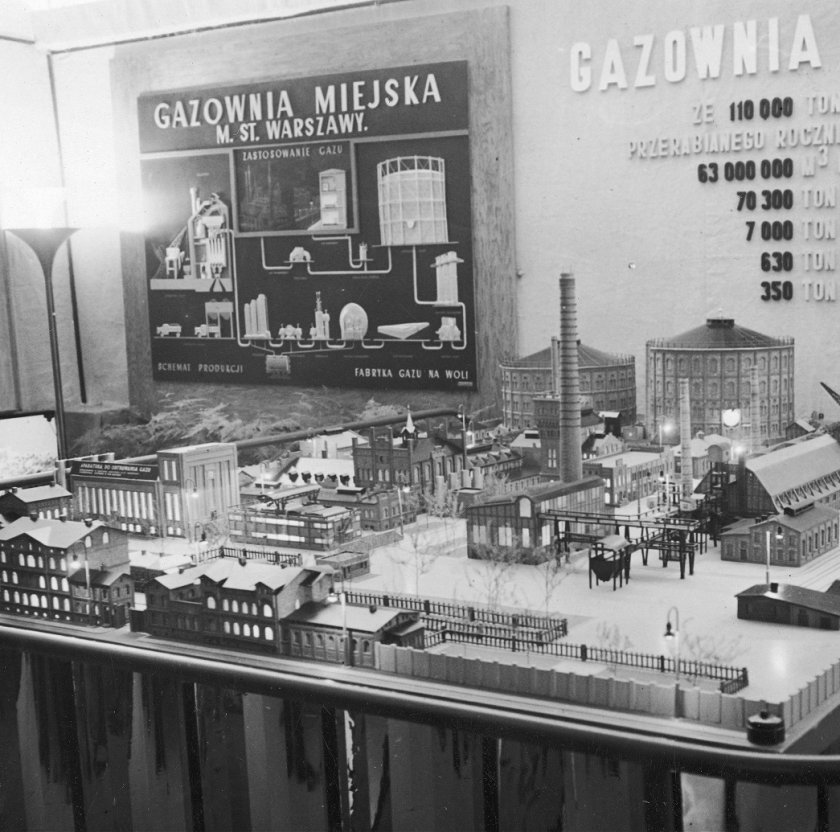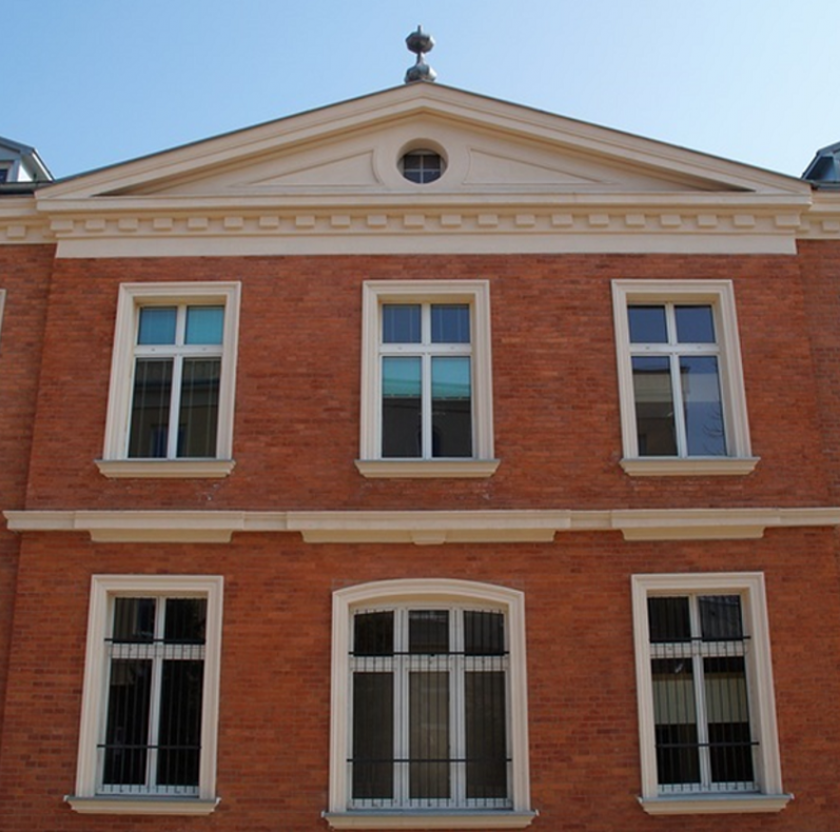History of Kraków Gasworks
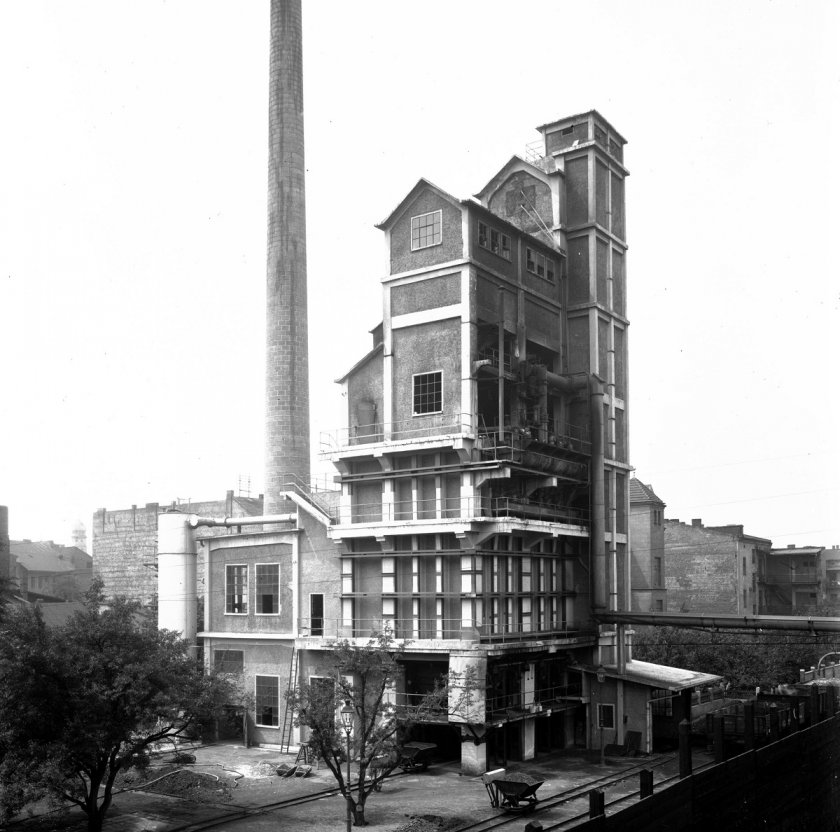 Fot.
Fot.
The beginnings of the gasworks in Kazimierz, where it continues to function to this day, date back to the middle of the 19th century. In 1856, a foundation stone was laid at 16 Gazowa Street, while the construction work lasted until the end of 1857. On a winter evening of 22 December, the city was lit by gas street lamps for the first time.
Before the gasworks was put into operation, the streets of Kraków were lit by rapeseed oil and kerosene lamps. The authorities of the city of Kraków, wishing to move with the times, made contact with the German Continental Gas Association of Dessau and signed a contract for 25 years. Under this contract, the Association took care of the construction of the gasworks, obtaining at the same time the exclusive right to supply gas, produce gas equipment and light the city’s streets.
Unfortunately, the Association of Dessau did not allocate sufficient funds to the development of the gas network and kept gas prices high, even though the gas was of poor quality and gave a flickering, colourful flame and dim light. Street lamps were not lit until after ten o’clock in the evening, and interruptions in the supply of gas sometimes lasted as long as four days.
Unfortunately, the Association of Dessau did not allocate sufficient funds to the development of the gas network and kept gas prices high, even though the gas was of poor quality and gave a flickering, colourful flame and dim light. Street lamps were not lit until after ten o’clock in the evening, and interruptions in the supply of gas sometimes lasted as long as four days.
All this caused great dissatisfaction among the gasworks customers. According to the contract, the municipal authorities were permitted to purchase the gasworks after a specific time or extend the agreement. Due to the prevailing unfavourable opinion on the functioning of the gasworks, Kraków municipal authorities considered buying back the plant; however, the price quoted by the German Continental Gas Association of Dessau was too high. In consequence, in order to soften the stance of the gasworks’ owner, the municipal authorities terminated the contract for street lighting and removed gas lamps from Kraków’s streets. This resulted in an initial reduction of gas consumption by a quarter; however, this figure later increased as private consumers followed the move made by the authorities. This spontaneous strike action of Kraków consumers proved highly effective, as the German Continental Gas Association of Dessau recorded significant losses and agreed to sell the gasworks to the city at a much more favourable price.
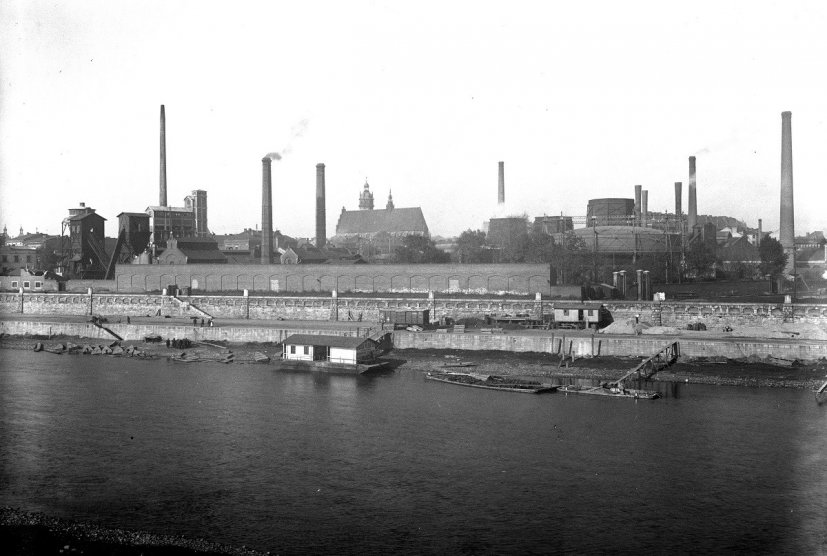
Gasworks and power plant in Kraków, public domain/NDA
On 1 March 1886, the municipal administration took over the gasworks, making it the first municipal enterprise known as Kraków Municipal Gasworks. The change of ownership significantly accelerated the development of the plant. The production capacity of gas, which at that time was about 1 million m³ per year, after several years and on the completion of modernisation work, increased to about 3.5 million m³ per year. At the end of the 19th century, the process of replacing street kerosene lamps with gas lamps was completed, and the installation of modernised lamps, giving stronger and cheaper light, was commenced. In 1910, about ten neighbouring municipalities were added to the area of Kraków, which resulted in a rapid increase in the demand for gas. As a result, preparations for the construction of a new gasworks began. Unfortunately, the outbreak of the First World War rendered these plans impossible and instead of building a new gasworks, in 1922, it was decided to thoroughly redevelop the existing facility.
Second World War ultimately put an end to the modernisation of Kraków gasworks. Thanks to the immense involvement of the employees, it was possible to maintain the operation of the gasworks during the occupation and the war, despite numerous difficulties. After the war, the dynamically developing city and industry needed increasing quantities of gas. In 1952, a supply of natural gas was made use of for the first time, and in 1958 the metallurgical plant in Nowa Huta began producing coke-oven gas for the city.
The production of gas by the gasworks in Kazimierz ended in 1968. However, the old plant still houses the management offices of the gas plant, which today deals with the transmission and distribution of gas.
The production of gas by the gasworks in Kazimierz ended in 1968. However, the old plant still houses the management offices of the gas plant, which today deals with the transmission and distribution of gas.
The historical buildings which have been preserved include administrative buildings, a residential building with a garden, a former employee common room, a laboratory, a so-called “new boiler plant” and a water gas plant. It is still possible to see some gas street lamps in the city – they are located in the Cloth Hall and at the entrance gate to the gasworks.
However, the real symbol of Kraków, recognised by both young and slightly older visitors is, of course, the Wawel Dragon, which breathes real fire from inside its cave. Hardly anyone knows that this is not because of the brave action of the shrewd cobbler called Skuba who – as legend has it – deceived the beast, but thanks to the gasworks that supplies gas to the dragon.
However, the real symbol of Kraków, recognised by both young and slightly older visitors is, of course, the Wawel Dragon, which breathes real fire from inside its cave. Hardly anyone knows that this is not because of the brave action of the shrewd cobbler called Skuba who – as legend has it – deceived the beast, but thanks to the gasworks that supplies gas to the dragon.
